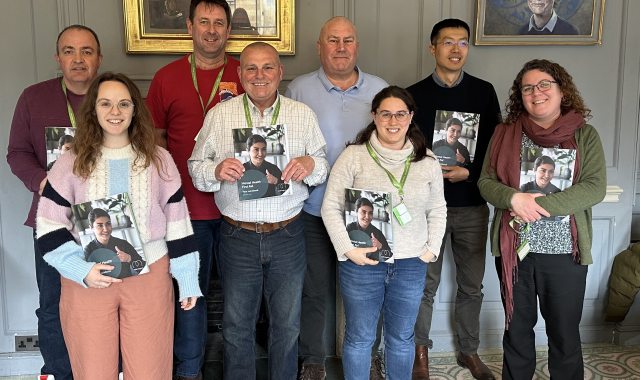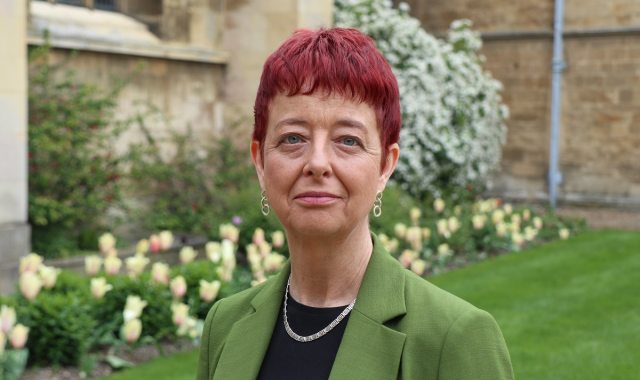A flying start to the future
- 22 May 2019
- 3 minutes
A team made up of Caian Liam Lau, and Selwyn students Billy Haynes and Peter Methley – also known as Team Seren – have made it to the finals of the world-class Airbus Fly Your Ideas competition.
Encouraging students from around the world to innovate in key areas for the industry, namely Electrification, Data Services, Cyber Security, Internet of Things, Artificial Intelligence and Mixed Reality, the competition attracted 270 ideas from 72 countries, and involved 284 universities.
Team Seren, one of two Cambridge teams to reach the finals, were selected after a three-month development phase working with support from Airbus mentors. Liam joined the team to help develop an idea Billy had recently come across. “I thought it would be a fantastic way to develop new skills including computer simulation, presentation and business skills outside of the Physics tripos,” said Liam. “But most importantly I decided to enter because I thought it would be a challenging, yet valuable experience. In that sense, the competition has definitely met my expectations,” he added. Now they are competing against six other finalists for a share of the €45,000 prize fund and the chance to evolve their ideas in the aerospace industry.
They are addressing Electrification with their novel method of electricity generation for spacecraft using trapped high-energy particles. “Presently, there are two main ways of generating electrical power in space: solar panels and radioisotope thermoelectric generators (RTGs). However with the price of RTGs high and a need to build larger and larger solar panels to operate in the far reaches of the solar system, this begs for an alternative solution,” Liam explained. He added, “The magnetic fields around celestial bodies such as Earth and Jupiter act like nets that trap the particles that 'wizz' around space, having been spat out by the sun.” The team’s idea is to harness this power by allowing a potential difference to form between the surfaces of concentric metal spheres. “This voltage can then be used to drive electrical equipment such as cameras and transmitter devices,” said Liam.
Throughout the competition, Caius Research Fellow Dr Will Handley has mentored the team. Liam said, “The best thing has definitely been the opportunity to work with many talented people and to get exposure to new and interesting ideas. We are very grateful for Dr Handley’s patient advice. I would be driven a little crazy if I had a bunch of undergraduates constantly pester me about physics simulations!”
In June, the finalists and Dr Handley will travel to Toulouse, France to work in Airbus' innovation and R&D facilities to further develop, prototype or visualise their ideas using state-of-the-art equipment with support from Airbus. They will present their projects in front of Airbus experts and personalities from the aerospace and academic world, live-streamed in parallel to a global audience. Liam, although a little nervous, said “I am really looking forward to putting the presentation skills that we learnt from our presentation coaching session to the test.”
We wish the team the best of luck for the finals.
Photograph: Airbus


